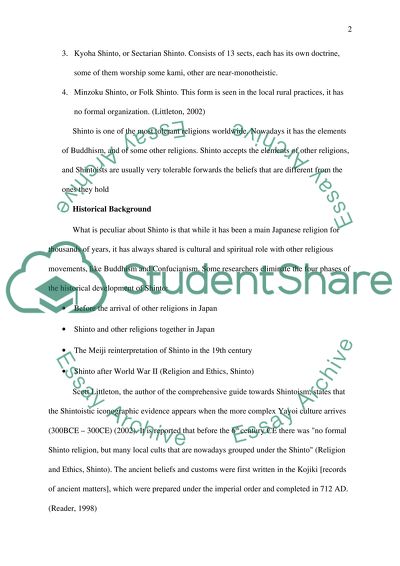Cite this document
(Shinto Coursework Example | Topics and Well Written Essays - 1750 words, n.d.)
Shinto Coursework Example | Topics and Well Written Essays - 1750 words. https://studentshare.org/religion-and-theology/1511644-shinto
Shinto Coursework Example | Topics and Well Written Essays - 1750 words. https://studentshare.org/religion-and-theology/1511644-shinto
(Shinto Coursework Example | Topics and Well Written Essays - 1750 Words)
Shinto Coursework Example | Topics and Well Written Essays - 1750 Words. https://studentshare.org/religion-and-theology/1511644-shinto.
Shinto Coursework Example | Topics and Well Written Essays - 1750 Words. https://studentshare.org/religion-and-theology/1511644-shinto.
“Shinto Coursework Example | Topics and Well Written Essays - 1750 Words”. https://studentshare.org/religion-and-theology/1511644-shinto.


